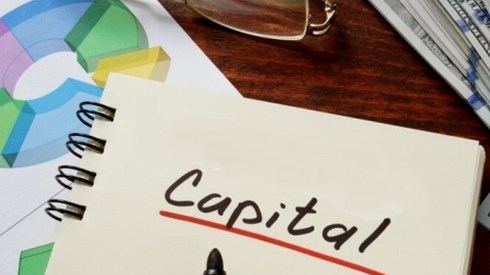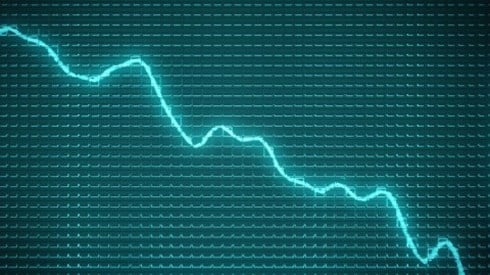A.M. Best Reviews the Cost of Capital through the Cycle

June 03, 2019

According to A.M. Best, an insurance company's ability to access and raise capital and the potential costs of raising capital, especially during times of stress, are important considerations in the ratings process.
The rating agency said the cost of capital is a forward-looking measurement used to determine a required return on investment. For an economic positive return to be generated, the return on invested capital should exceed the cost of capital.
Further, a publicly traded insurer has access to multiple sources of capital: equity, preferred stock, or debt with various forms of subordination. Although mutual insurers cannot issue stock, they do have access to capital in the form of surplus notes, lines of credit, and debt.
The weighted average cost of capital takes into account the sources as well as the associated costs of raising capital. For each major insurance segment, the cost of capital peaked during the financial crisis, attributable to the extreme volatility, when correlations increased beyond expectation. In the years following the financial crisis, risk-free rates declined to historical lows owing to quantitative easing and low interest rates and the cost of capital dropped correspondingly.
Property and casualty re/insurance is a cyclical industry, dictated by the supply of capital. Hard markets are times when the industry earns a return higher than its cost of capital, as it attracts capital from investors who want to share in the industry's profitability. However, hard markets over time can result in excess capital, intensified competition, and higher pressure on pricing and profitability.
Reserve development also is an important factor, as adverse development can negatively affect calendar-year performance. Reinsurers have a low cost of capital, because catastrophe risk is seen as noncorrelated with the capital markets.
A.M. Best notes that this in part is a reason for the growth of insurance-linked securities and the growing influx of third-party capital, which promises a higher yield in a low- interest-rate environment.
Still, in 2017–2018, the weighted average cost of capital for reinsurers increased owing to severe weather patterns.
Copyright © 2019 A.M. Best Company, Inc. and/or its affiliates ALL RIGHTS RESERVED
June 03, 2019



